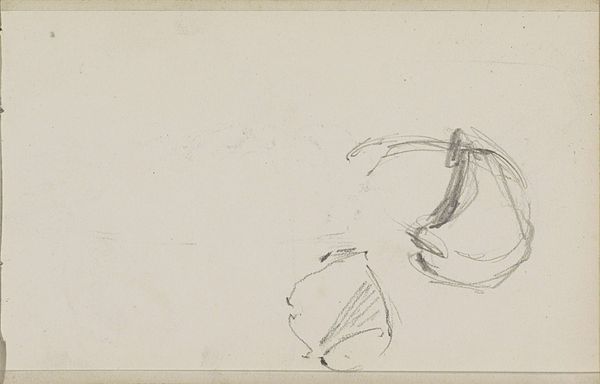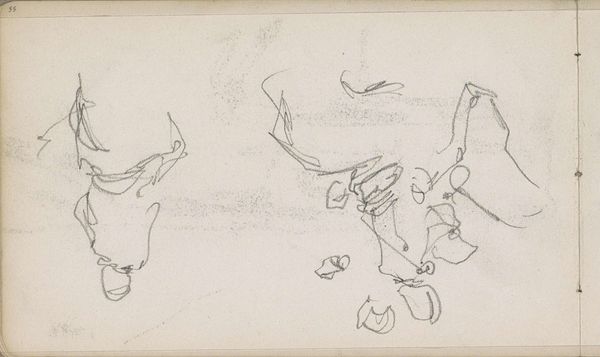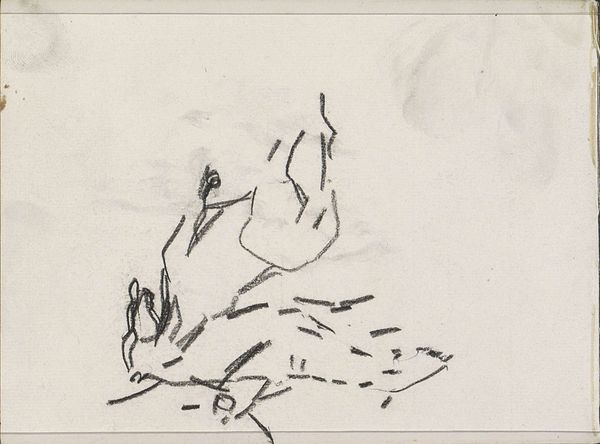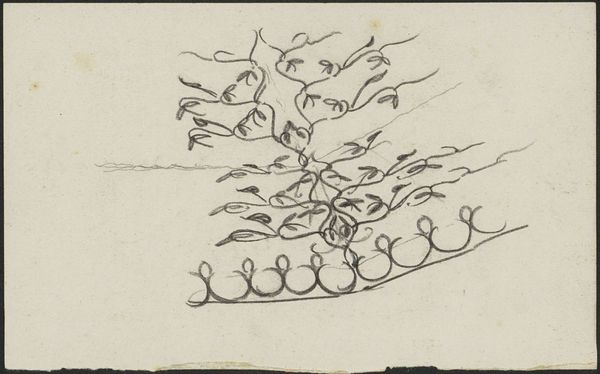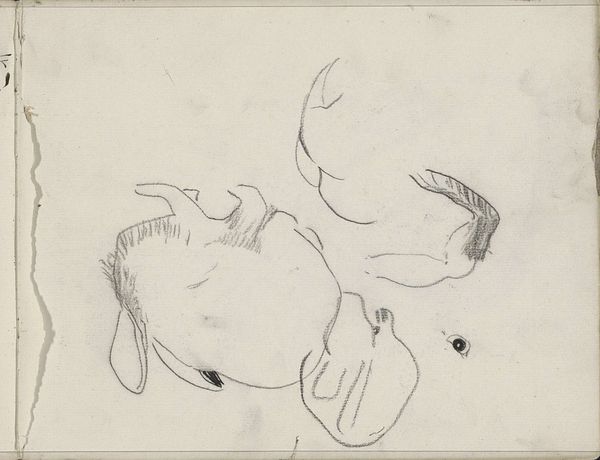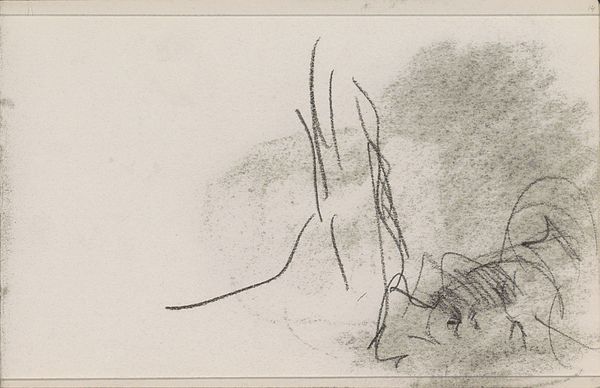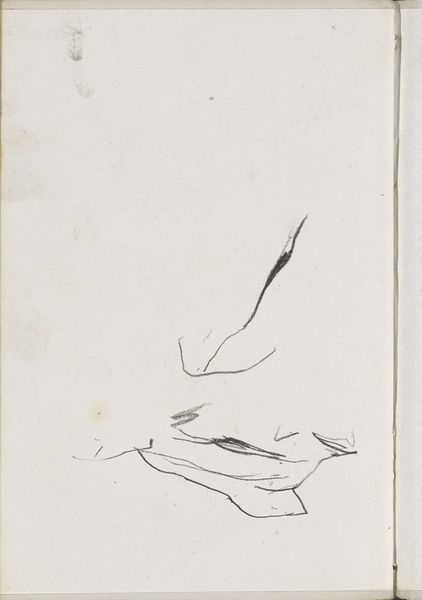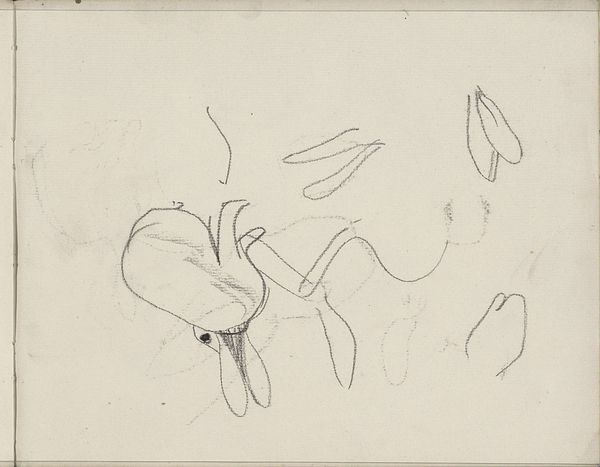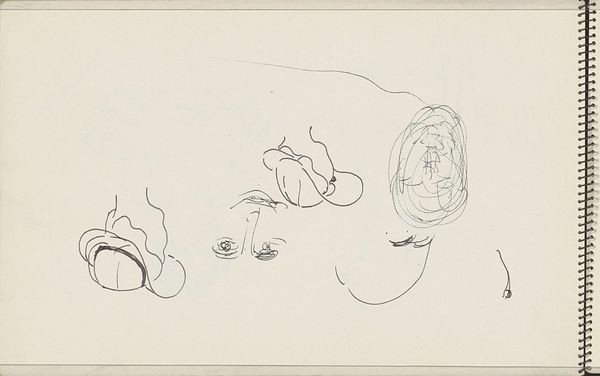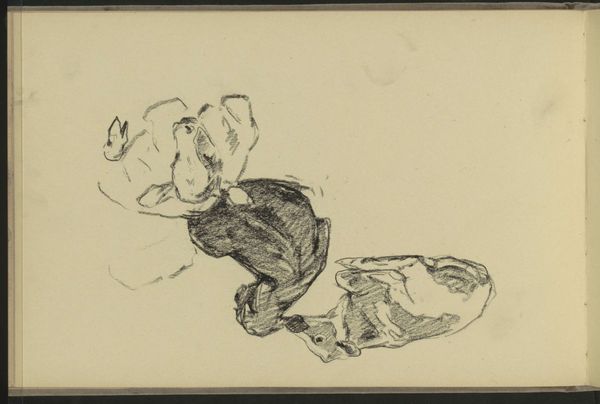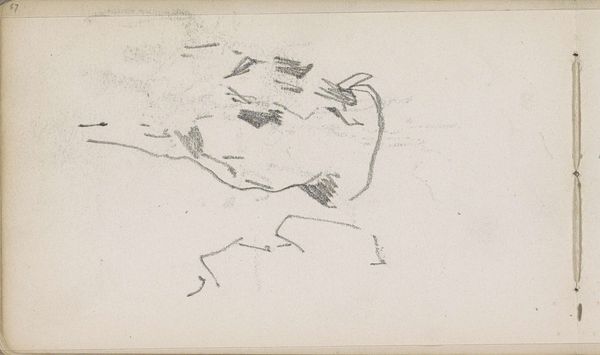
Copyright: Public domain
Editor: So, here we have "White Rats," an ink drawing on paper made around 1890 by Shibata Zeshin. It's simple, almost whimsical. The brushstrokes are so minimal, yet they convey a sense of movement. What do you see in this piece beyond just the surface depiction? Curator: I see an interrogation of the relationship between artistic skill and material production. Consider the inherent qualities of ink and paper—easily accessible, yet requiring mastery to control. Zeshin, rooted in the craft tradition of lacquerware, elevates the "humble" drawing, blurring boundaries between artisanal work and "fine art." Editor: I see that, but does the choice of subject, rats, factor into that reading? They aren’t exactly high-status. Curator: Precisely. Rats are often associated with the mundane, the domestic sphere, and even disease. Their presence in the artwork highlights a deliberate choice to engage with the realities of everyday life. Instead of dragons or mythical creatures, we have representations of ordinary urban animals, prompting us to think about how artistic value is often assigned and commodified within social systems. What kind of labor do you imagine goes into creating the ink itself? How accessible would this have been? Editor: That's a perspective shift! I was caught up in the simple beauty, but now I am wondering how the availability, process and labour involved in making the ink affect my perceptions of Zeshin's artistry. I see that thinking about the materials and social context really opens up the meaning of the work. Curator: Agreed. Focusing on materiality unveils that even simple scenes can subtly challenge our understanding of both labor and the established art hierarchies of the period.
Comments
No comments
Be the first to comment and join the conversation on the ultimate creative platform.
